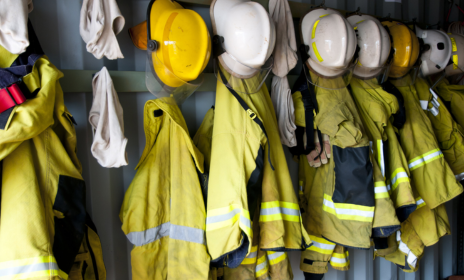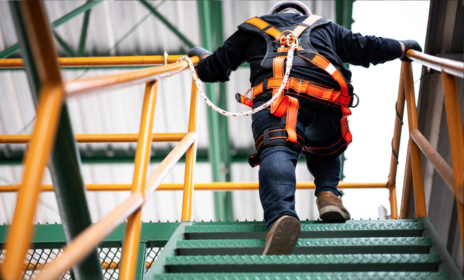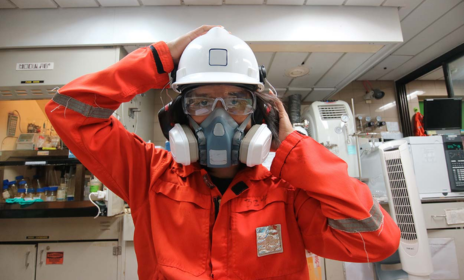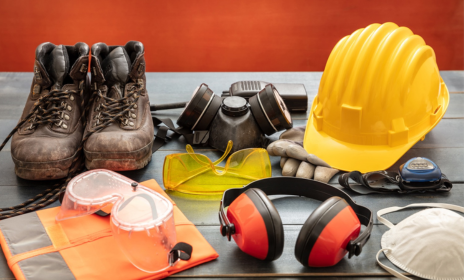Personal Protective Equipment – PPE
The primary methods for preventing employee exposure to hazardous materials are elimination, engineering, and administrative controls. Personal protective equipment will often be required in addition to where these control methods are not appropriate or sufficient to control the hazard
For research labs, click here for lab-specific PPE requirements, guidelines and resources.
PPE Hazard Assessment
- Example Hazard Assessment forms to document and certify your review
- FAQs: General information if you use Standard PPE every day
- Specific guidance on hazards and PPE selection:
Contact EHS env-health-occ-safety@ncsu.edu with any questions.
Hazard Specific Programs
The following programs have requirements that include the use of PPE
Program Contact Information
- Occupational Health Manager
- Lab Safety Manager
- Occupational Safety Manager
- Laser Safety Officer
- Ask EHS – Question/Comment
- Ask EHS – Contact Us email
Reference Documents
- Occupational Safety and Health Administration (OSHA) regulations, 29 CFR 1910 (General Industry), Subpart I Personal Protective Equipment
- 29 CFR1910.266 (General Industry, Subpart R), Logging Operations
- 29 CFR 1926 (Construction), Subpart E
- NC Office Of State Budget and Management Policy on safety shoe allowance for NC employees
- Prescription safety glasses for NC employees
- American National Standards Institute (ANSI) can be purchased which provides safety standard guidance








